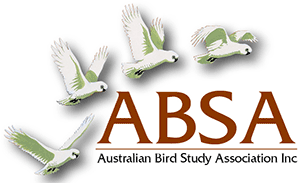Movement of Short-tailed Shearwaters Ardenna tenuirostris banded at Phillip Island, Victoria from 1956 to 2010
| Posted: |
25/10/2018 |
| Author(s): |
B. K. Goyen, D. B. Boyle, D. G. Cameron, R. G. Cameron |
Between February 1956 and April 2010, 36 127 adult and nestling Short-tailed Shearwaters, Ardenna tenuirostris
were banded at Phillip Island, Victoria, 90.6% at the Cape Woolamai breeding colony. From 1956 to 1974, mostly
nestlings were banded (83% of 22 976 individuals), whilst from 1979 to 2010 more bands were applied to adults (59.5% of 13 151). One thousand one hundred and seventy-eight of these bands were retrieved as recoveries (i.e. from birds found dead) or retraps (from birds re-trapped alive). Fourteen recoveries were from the northern Pacific Ocean between 1962 and 1997 (May-August) and three were from the western shores of North Island, New Zealand (October and November). One hundred and nine recoveries were from the Australian coast (>10 km from the banding site). Four retraps and one recovery were at shearwater breeding colonies quite distant from Cape Woolamai. The longest elapsed time (39.9 years) between banding and recovery or re-trapping was for an individual banded at Cape Woolamai (March 1961) and recovered at Cape Duquesne, Discovery Bay Coastal Park, Victoria (February 2001). All other retraps and recoveries occurred within 27 years of banding. The highest rate of recoveries occurred within the first year post-banding for nestlings (45%, 58 of 128); thereafter the recovery rates of banded nestlings and adults were similar. Retraps at the banding site showed that individuals banded as nestlings enter the breeding colony at 5 to 6 years of age.
>> Download Abstract |
File Size: 29 KB
>> Download Complete PDF | File Size: 1.14MB
